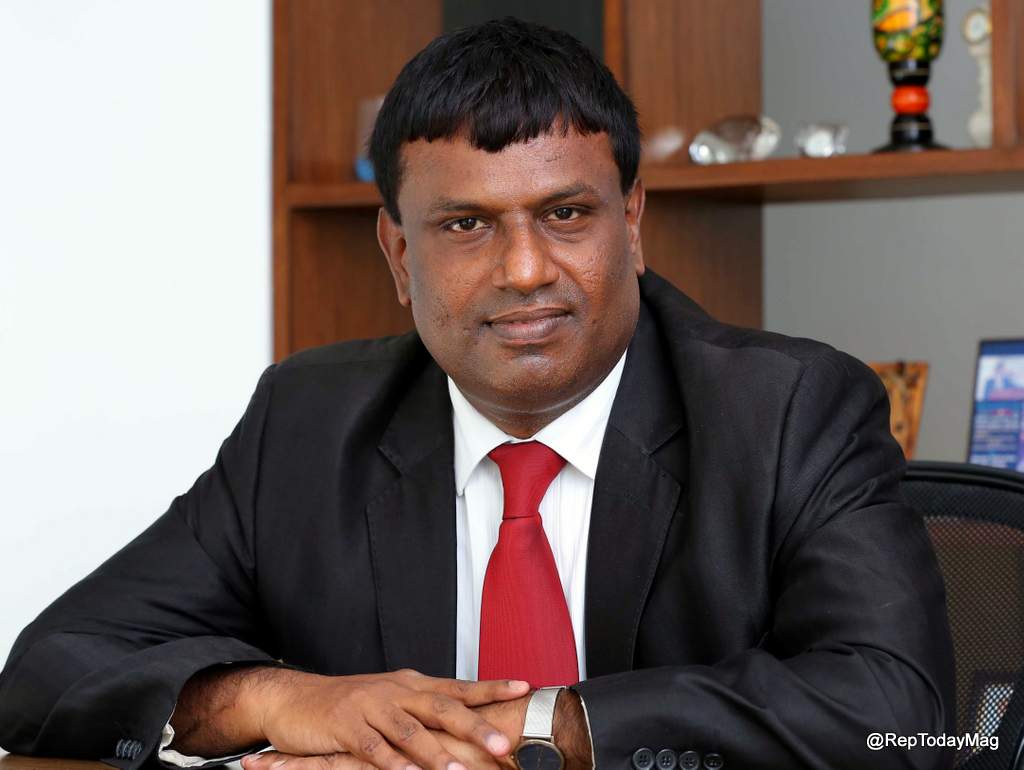Last month was part of the panel at an event organized by PRCAI in Bangalore on Winning campaigns. Had taken a strongly social and digital line supported by hard data like the survey by The Holmes Report on the skills PR professionals would need in the future. Many young PR professionals in the audience later walked up to me saying they agree and would want to do something about it. The second is a mail exchange I had with the head of one UK’s leading TechPR firms whom I know rather well. The exchange brought made me realize a hard truth – that most Indian PR firms and even a larger percentage of PR professionals working in the industry are out of sync with the future and what is required to stay relevant in the event of a changed future.
So, instead of doing the usual predictions (which some way this article is) or on what will happen to agencies, thought will be quite interesting for the readers to focus on what we all need to focus on and get it right in the year(s) ahead.
- Learn more technology and use more technology in our work
Am not exactly a geek or a gizmo freak. Nor am I a teeny 16-year old glued to the touch screens. But, even for someone groomed in traditional PR for years, am beginning to realize that the complex and changing landscape which includes social and digital besides a radically changing media, leaves us with no choice to find ways to get the message across to the consumers directly in ways they would accept, appreciate and remember. And one obviously cannot do this without the help of technology. Fortunately, the explosion of tools that potentially PR professionals can use to do this has meant both choice and capability to do so. At last count, from listening, analytics, content generation, broadcasting, community management, campaign management to measurement, can count close to 30 tools that is today available at our disposal. Not all of them are free and many are paid with varying levels linked to features and extent of reporting. This is both an individual and institutional requirement. It is not about only PR agencies investing in these – for it would be useless or ineffective without people knowing how to use it. It is also about individuals investing in themselves to find, figure, explore and learning to use these tools.
- Figure this mobile thing
You know it, I know it and the world knows it – mobile is here to stay and how? It is poised to become the most important device in our lives. And young or middle aged, we are all glued to these for different reasons. For example, in 2008, mobile accounted for 12% of adults’ daily time on digital and today it accounts for 51%. More search takes place on mobile devices than on desktops in 10 countries including India. Now comes the perplexing question – what have we done about this all important device, medium or tool? Pretty much none. Let me tell you – it is not easy. Not many others have been able to figure it either. Remember the booming in-app advertising industry which is struggling now. Social channels and search engines among others are expanding their mobile marketing opportunities, but we need to figure out how to leverage it to communicate, engage etc. If any of you have any ideas, feel free to ping me. This is something have been breaking my head over for some time now.
- Let us not deceive ourselves that PR is PR anymore.
Going back to the event I spoke of above, one thing I find interesting is a lot of those in the industry still continue to believe that PR in its current form and in the way it is practiced will survive or even flourish. Undoubtedly, the ability to forge relationships, build important connects with influencers like journalists are all skills that are not going to die any sooner but what if those influencers themselves don’t exist or not that important anymore. What if clients start asking questions on impact and outcomes than value of coverage. What if they seek insights that current way of working does not allow us to even fathom or figure? One can go on and on. Let us all accept that integrated is here to stay and if PR needs to lead that, it needs to rethink and remodel itself. Need evidence – look at the biggest and best campaigns – you’ll find that they all have one thing in common – they are a mix of PR, social, creative, content and digital.
- Let us get more visual.
Sunny Leone is not the only one who’s picture moves us to look at articles. We are all wired to visuals. Look at the content we produce. They all have so much text in it. Let us adopt infographics, videos, visual-driven press releases and well-designed visual communication into our arsenal. Want data to support – in a recent study by the CMO Council, the majority of senior-level marketers wanted more of their annual budgets allocated toward creating visual content, like videos and infographics. 65% of the 177 senior marketers that responded to the survey said they believe visual assets are core to telling their brand’s story – and are especially important for business-to-business marketers.
- Thought leadership will become a growing PR priority.
Thought leadership – where business leaders and companies position themselves as leaders in their spaces is something most of us do in some form or the other in our daily routine for clients across. But the big difference with the advent of social and digital is the centrality of content generation and promotion to this which is something we all need to master. How to create compelling content – content that’s valuable, educational, and engaging. And of course look at it holistically, long-term.
- Paid amplification is here to stay. Let us master it.
The prevalence of content of all hues today poses a big challenge even for good, interesting content. How does your target audience find that content in this massive haystack. Paid amplification or content broadcasting is the answer. Do you think the customers mind the article on beauty tips by your client was promoted in a paid manner – no they don’t as long as they find it interesting and of value to them.
- Strategy or thinking is back.
The distinction between tactical, execution-driven agencies and strategic, value-enhancing ones will increase. Clients, when they realize that they need to navigate a vast range of reputational issues in an increasingly complex landscape or environment will turn to advisers who can guide and lead rather than simply react. Let me put it more succinctly. They will also turn to those who can provide them the holistic view needed and who understand in-depth how this can be managed and executed.
- Hire as diverse.
How about creative directors, content strategists, analysts, visualizers in our agency teams? The need of the hour is to make our teams as diverse as possible to handle this change that have spoken about earlier. Delivering integrated needs different specialists. Delivering visual content requires different skills. Build it inside or build tight partnerships. Above all, just imagine the power of a more diverse workplace and the opportunities for lateral growth that will open up out of it? Something we are proud to have done over the years.
- Flatter hierarchies and ongoing feedback
Good-bye annual reviews and hello timelier, productive feedback. And flatter hierarchies. There is no point in having 7 layers of hierarchy in a flat world where communication, connections and conversations are instant. Where clients expect real-time responses or advice. Where multiple skills are the need of the hour which forces all of us to collaborate than be managed. Other than flat hierarchies what this needs to lead into is more frequent, faster and forward-looking feedback replacing annual reviews (if some of us exist for one year in organizations). Ofcourse we need to ensure the right systems and processes are in place to make this work and avoid anarchy. For example, managers to be trained on listening, giving meaningful, constructive feedback on an ongoing basis, and being less a manager (more a coach). Also setting clear KRAs/goal setting.
- Boutique and middle-sized agencies will continue to flourish and do good work.
With global agency networks gobbling up everything good in their radar, clients will start to look beyond the few options available beyond these networks. Savvy mid-sized agencies are smart enough to see this and would do well to increase the variety of offering/subject matter expertise plus the strategic know-how, to capture business and deliver great work.
Of course by any means, one cannot be conclusive or comprehensive in attempting where we all need to head. But I hope have captured the most or the major aspects and happy to hear from you on what you think, if you agreed or disagreed and how we all can move forward to this truly exciting future.











very nice blog thanks for sharing such useful information.As Mavcomm Group is one of the leading Top Pr Companies In India as we are indulging in managing the spread of information between its public and an individual or an organization.